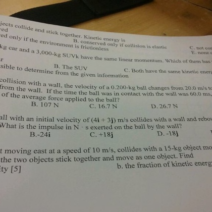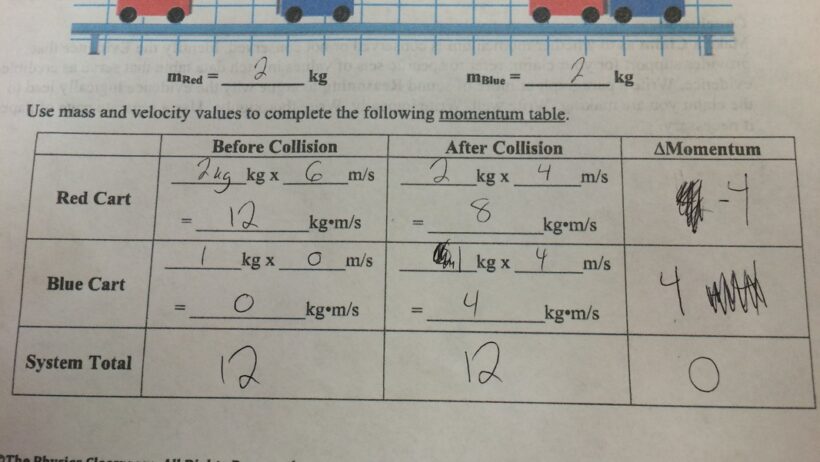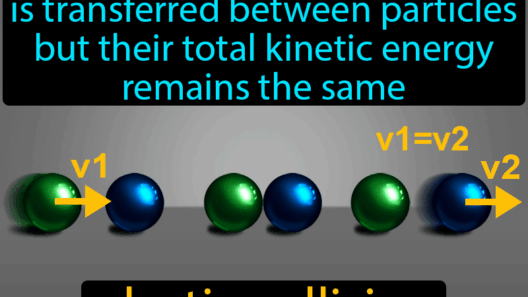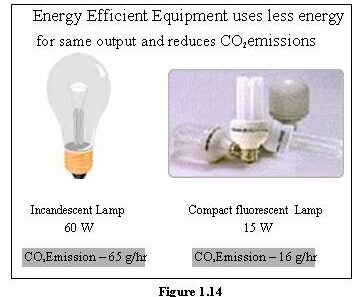In the realm of physics, collisions are a fundamental concept that illuminate the principles of motion and energy. Among the various types of collisions, inelastic collisions present a particularly intriguing scenario where kinetic energy conservation deviates from the norm. This article undertakes an exploration of whether kinetic energy is conserved in inelastic collisions, addressing common observations while delving into the complexities of energy dynamics at play.
The defining characteristic of an inelastic collision is the alteration of the bodies involved in the interaction. Unlike elastic collisions, where both momentum and kinetic energy remain conserved, inelastic collisions see a portion of kinetic energy transformed into other forms of energy, such as thermal energy or sound. This mechanism frequently occurs in real-world scenarios, making it a fascinating topic for investigation.
Understanding the concept of inelastic collisions requires a breakdown of key aspects regarding energy transformation, momentum conservation, and observable phenomena related to collisions.
Fundamental Principles of Kinetic Energy and Momentum
Kinetic energy (KE) is the energy possessed by an object due to its motion and is mathematically defined as KE = 1/2 mv², where m represents mass and v signifies velocity. This form of energy plays a pivotal role in dynamics, particularly during collisions. Momentum, on the other hand, defined as the product of mass and velocity (p = mv), remains conserved in both elastic and inelastic collisions, provided no external forces intervene.
The distinction between kinetic energy conservation and momentum conservation is critical to understanding inelastic collisions. In an inelastic collision, while momentum remains conserved, kinetic energy is not, leading to the energy loss phenomenon that captivates many physicists and students alike.
The Dynamics of Energy Loss in Inelastic Collisions
When two objects collide inelastically, they may stick together or deform, leading to a loss of mechanical energy. The energy that is ‘lost’ does not simply disappear; rather, it transitions into other energy forms. For example, a baseball colliding with a bat may produce sound energy and heat while causing temporary deformation in the ball and bat. This conversion results in a definitive reduction in kinetic energy post-collision.
Types of Inelastic Collisions: A Spectrum of Interactions
Inelastic collisions are not monolithic; they exist on a continuum ranging from perfectly inelastic to less elastic interactions. A perfect inelastic collision occurs when two bodies stick together, resulting in maximum kinetic energy loss. Conversely, a partially inelastic collision may allow for some kinetic energy retention, albeit a considerable fraction is invariably converted to other forms!
Consider the example of a car crash, a common real-world manifestation of inelastic collisions. Upon impact, the vehicles experience significant deformation, generating heat and sound while some kinetic energy transforms into internal energy within the materials involved. This scenario captures the attention of not only physicists but also engineers focused on improving vehicle safety by mitigating energy loss and maximizing structural resilience.
The Art of Analyzing Inelastic Collisions
To assess inelastic collisions, the use of equations provides clarity regarding the distribution of energy pre- and post-collision. Algorithms can demonstrate how initial kinetic energy can be quantified and compared with energy retained after impact. Various scenarios can be simulated to visualize the intricate dance of forces and energy involved in these interactions, helping to encapsulate a concept that may appear abstract in theoretical discourse.
Additionally, laboratory experiments and computer simulations aid in dissecting how variables such as mass, velocity, and angle of incidence influence the outcomes of inelastic collisions. The relationship between these elements emphasizes the artistry of physics, where empirical observations converge with theoretical underpinnings.
The Implications: Beyond the Classroom
Understanding inelastic collisions is not merely an academic exercise; it bears significance in various fields, including engineering, safety technology, and environmental science. The consequences of energy loss phenomena illustrate the importance of designing resilient structures that can withstand collisions, thereby minimizing damage and preserving human safety. This is especially critical in fields like automotive engineering, where collision dynamics significantly inform design protocols.
Furthermore, these principles extend to broader environmental considerations, highlighting the importance of energy conservation in our technology and infrastructure. Techniques such as energy recovery systems in vehicles exemplify the quest to minimize energy loss, embodying a holistic approach to design that seeks to harmonize human activity with the natural world.
Concluding Thoughts: The Significance of Inquiry
Ultimately, the inquiry into whether kinetic energy is conserved in inelastic collisions opens a window to the broader dynamics of energy transformation. Through an understanding of inelastic collisions, we gain insights into the interplay of mechanical systems, the necessity of energy efficiency, and the significance of creative problem-solving in engineering. This knowledge is vital not just within the confines of educational environments but also within the broader context of a rapidly evolving technological society.
The study of collisions—particularly inelastic collisions—assembles a narrative that binds theoretical principles with practical applications, encouraging a deep-seated appreciation for the wonders of physics and its implications for innovation and safety.








